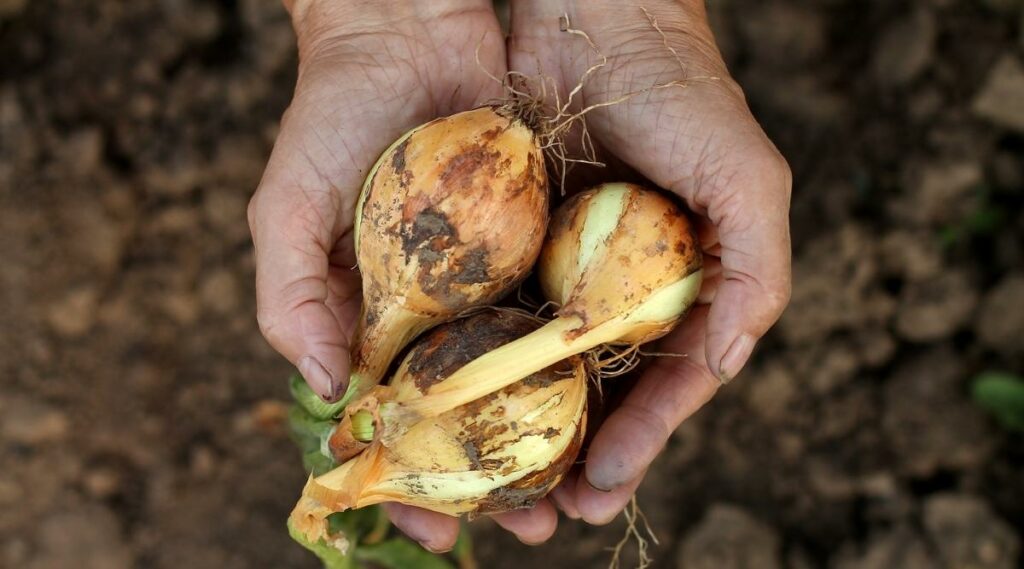Low shade perennial flowers that bring beauty
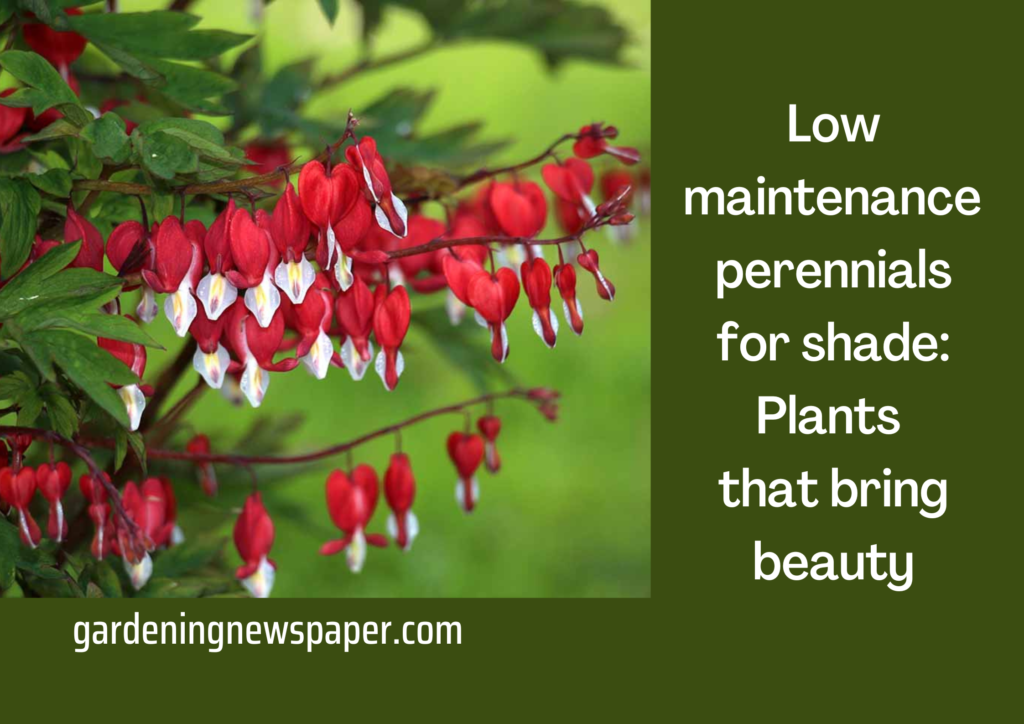
To make the most of the garden space, it would make sense to grow a wide variety of plants and arrange them as thoughtfully as possible. This requires knowing the individual needs of each species and grouping them according to their needs. You simply cannot place hardy, sun-loving plants next to those with very sensitive, flammable leaves.
When grouping plants, always consider their needs for light, water, soil, and nutrients. Carefree perennials are great additions to any garden because they can last for years. Although all of them require a certain amount of light to photosynthesize, some can do well in low light. Many are also low maintenance because they can be left outside home for the winter, don’t require frequent pruning, and are unlikely to spread out of control. Continue reading this blog to know more.
Growing plants in shady areas can be quite difficult for beginning gardeners. Steaming times can be delayed in the shade, low lighting can prevent flowering, air temperature can be significantly lower, and low UV light can promote the spread of pathogens. The best shade plants are hardy, low-maintenance species whose leaves live to brighten the area.

Plants that are easy to grow in your shade:
Here are some low-maintenance plants for shade:
1. Abelia grandiflora
- This plant Abelia comes in a variety of sizes, from 2-3 feet to 5-6 feet.
- This plant is hardy, and you can handle it very easily as they don’t need some extra requirements in soil or etc.
- Some varieties of the plant have leaves that transform hues, first copper pink and then to bright green, while others have variegated green leaves that add visual appeal throughout the growing season.
- Later in the summer, small trumpet-shaped flowers appear in white, pink, yellow, or lavender, depending on the variety of the plant. Despite its small nature, this genus is durable and adaptable.

2. Lamprocapnos spectabilis (bleeding heart)
- Varieties The bright flowers of the bleeding-heart plant appear in early spring.
- They are most suitable for growing in shade. This bloody heart signifies love. Few shade flowers can compete with the old-fashioned bleeding corundum, as the heart-shaped flowers grow arching from the ferny leaves.
- Bleeding Heart has varieties of white to pink. After flowering, this plant dies in summer. Bleeding hearts grow beautifully in the woods with other shade-loving plants. 3 feet high and wide; this varies from 1-1.5 feet tall and wide.
- Alba, White Old Fashioned, and Snow blow are suitable for your garden.
- Generally, bleeding heart plants (Lamprocapnos spectabilis) die after one-time flowering. Dicentra eximia, also called bordered bleeding hearts, bloom for a long time and do not go dormant.

3. Columbine
- Columbine flowers brighten any shady garden and are a welcome sign of spring.
- They usually bloom in very early spring, with a flowering window of two to three weeks.
- Columbines blossom in winter but they don’t like summer. These perennials are very short-lived but can produce a lot of seeds and by taking the necessary care you can grow them next year.
- This genus has unique flowers and Gardeners know this plant for its attractive flowers.
Its unique flowers attract hummingbirds and have very different shapes. - lightly shaded areas suitable for this plant and are drought-tolerant once established.
- These are beautifully planted in rock gardens with other shade perennials. Green Apple and Munstead White are great for your garden.
4. Tricyrtis hirta (Toad Lily)
- Toad Lily can enhance or give an elegant look to your garden.
- These are very easy to grow, and they blossom with very attractive flowers and can outlook the orchids as well.
- Many blossoms with purple or blue hue flowers.
- Growing Conditions: Full shade in evenly moist, well-drained soil is necessary for these plants. They can grow up to 2 feet tall zones.: White Towers bear white flowers which are very popular among gardeners.

5. Honeysuckle
- It is astounding that honeysuckle is not popular and commonly planted although it is easy to care for.
- Only 3 to 5 feet tall and wide, it is very much suitable for gardener lovers.
- Leaves remain bright green, rusty or maroon throughout the season, depending on the variety selected. It gets its name from the small yellow tubular flowers that attract pollinators from late summer to fall. Deer tends to bypass it.

6. Hemerocallis (Daylily)
- One perennial that has worked very well for me is the daylily. Like hosts, they die back in the fall, so they are easy to clean. Their flowering period is short, but the blooms are abundant and vigorous.
- We have divided these daylilies a few times and moved some to the front garden. These are Stella D’oro, the most common variety.

7. Agastache urticifolia
- Bottlebrush-like flower spikes make this low-maintenance perennial an ideal and astounding addition to the landscape. Giant hyssop grows 2 to 3 feet tall.
- Bunch of flowers rising above modest green leaves.
- In addition to giving a wonderful color, the leaves smell wonderfully like aniseed when crushed. Hyssop blossoms in many varieties including blue, and pink hues.
- It forms small colonies on its own, and although it is not an aggressive breeder, it must be tamed a little every year, so that it does not disappear.

Some tips related to gardening low shade perennials.
Watering tips for gardeners
Install drip irrigation or an automatic watering system. Avoid sprinklers as they are inefficient and waste a lot of water. If you pay for water, that’s a big deal. Also, sprinklers water from above, which leaves wet leaves and invites pests and diseases. Watering on the ground is the best scenario.
Care little and check the virus or pesticide attacks.
Schedule regular inspections of the landscape and plants. You have to check regularly for pests, it can deteriorate the situation of your plants. You have to do this checking at least once in a week. Also, well-drained soil, size of pot, bloom time is also important to check.
Spotting problem early is important, so things don’t need maintenance. If problems are allowed to fester, they will get worse and take more time to deal with.
Mulch addition to safeguarding the plant.
Mulch around plants to reduce weed growth and increase water retention. A 2- to 3-inch layer of mulch will prevent water from evaporating quickly, which means you won’t need to water as often.
Can you grow a beautiful or eye catchy garden in shady places?
Many people are discouraged from gardening because they don’t have any space, or the available space is shady. They believe that because there is less sunlight, there is less chance to grow a garden. This concept of gardening is not true at all. Shade gardens can be easier to maintain and also have some remarkable advantages over normal gardening which get enough sunlight.
White is a color that will amplify your garden to a new level, it can give wonderful look to brighten up your shady flower garden. White signifies peace which takes us to peaceful but a beautiful world. It will help to calm your mental stress as well.
In conclusion, the low shading perennials plants grow very easily, and they can enhance the beauty of your garden immensely. They are a bit expensive as well but it’s worth your time and money. You need to care about pests and viruses once or twice a week at least. Don’t worry about sunlight or shortage of a place.


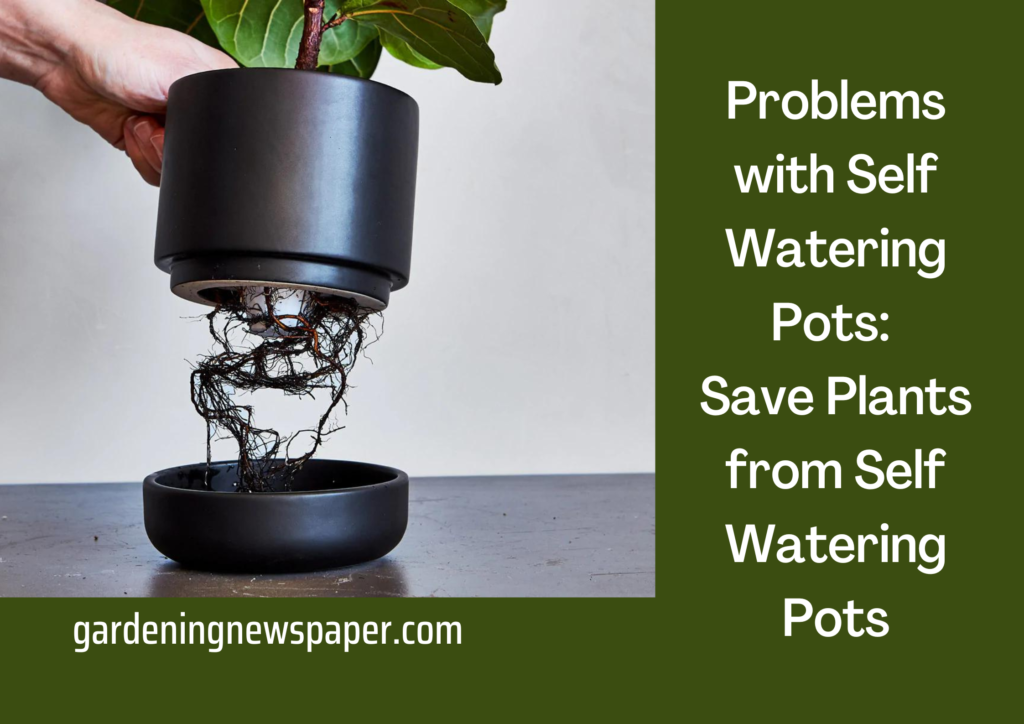




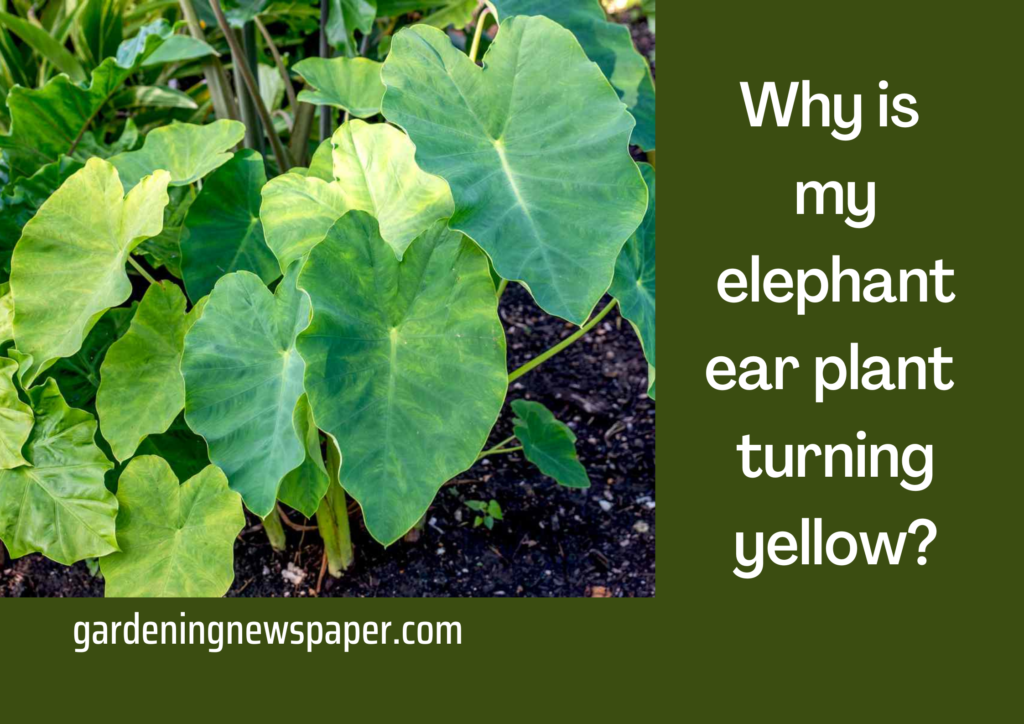




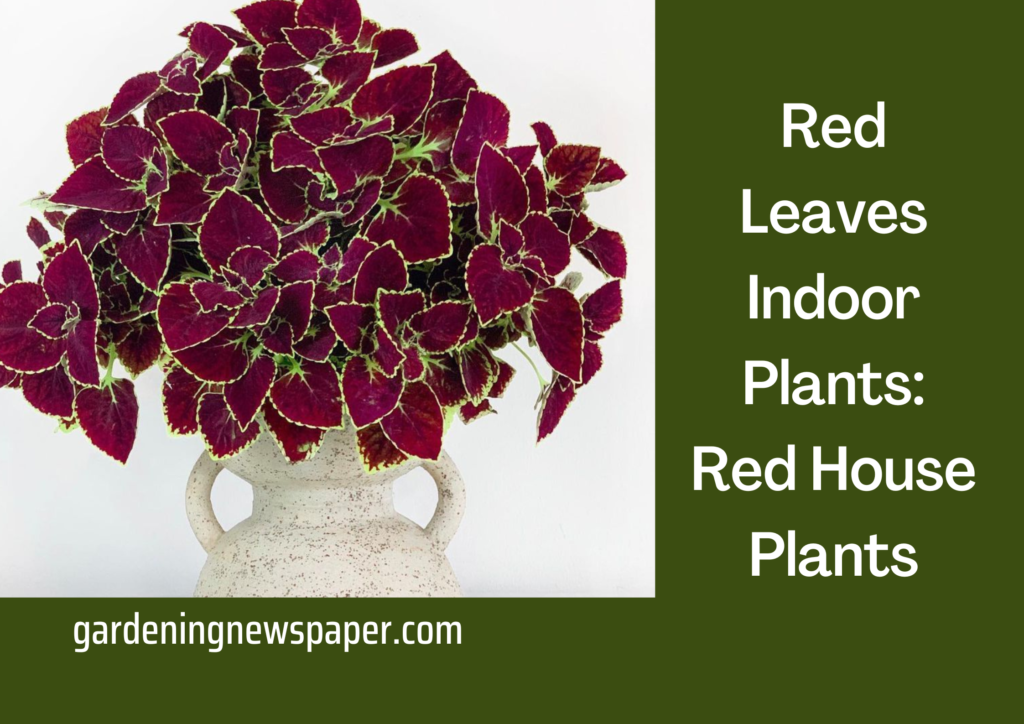
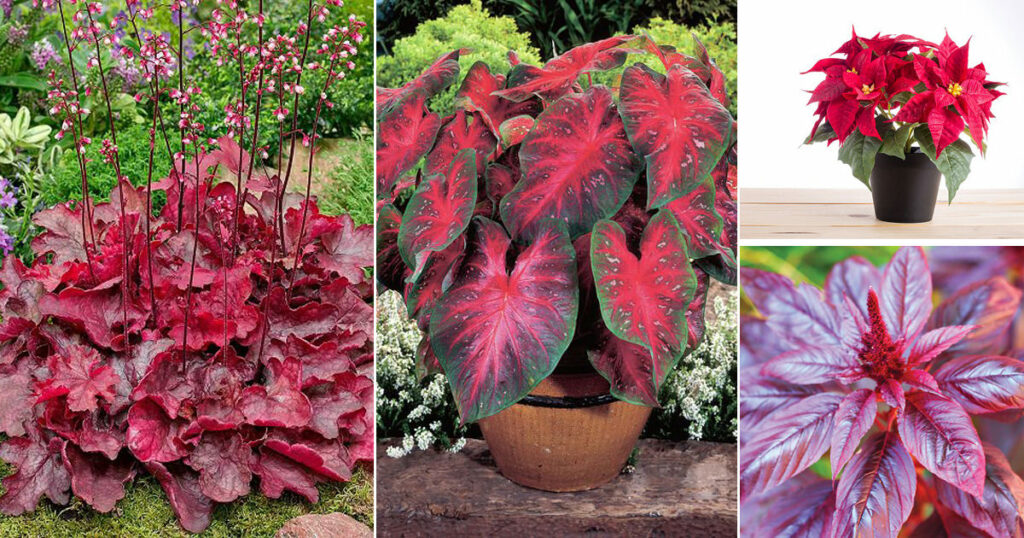
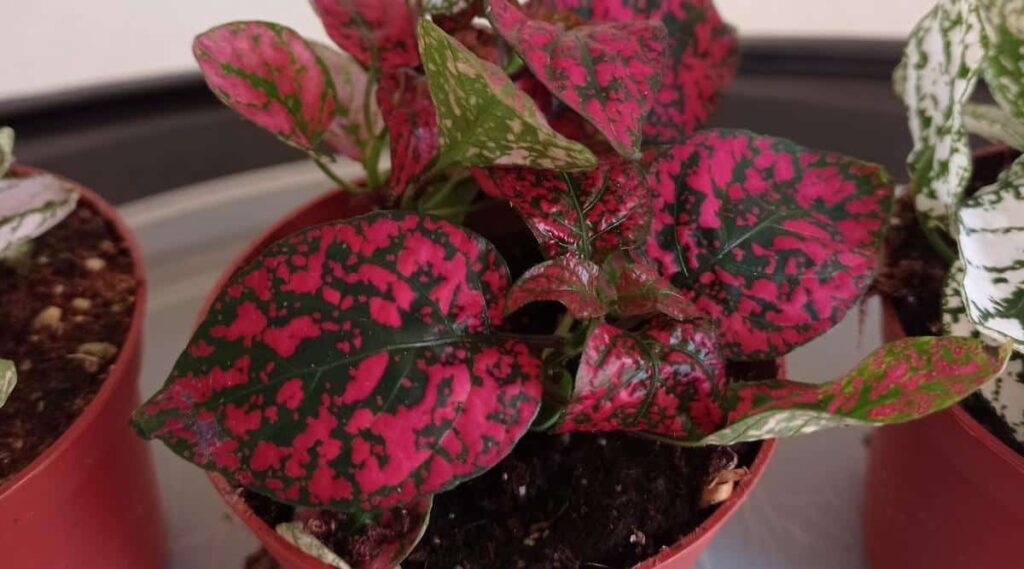
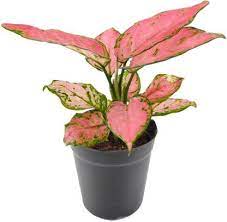
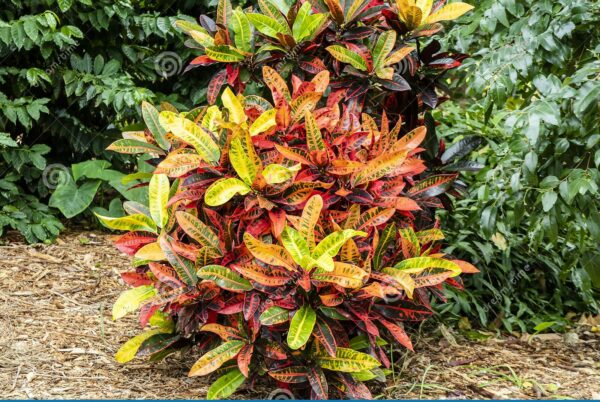
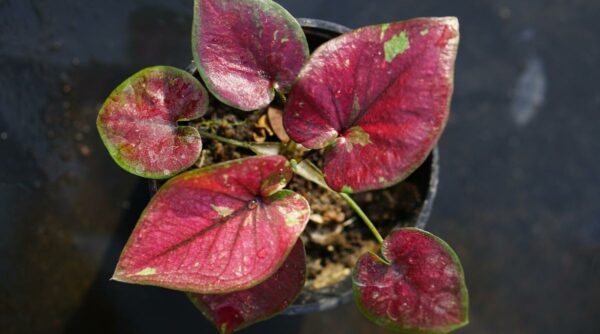

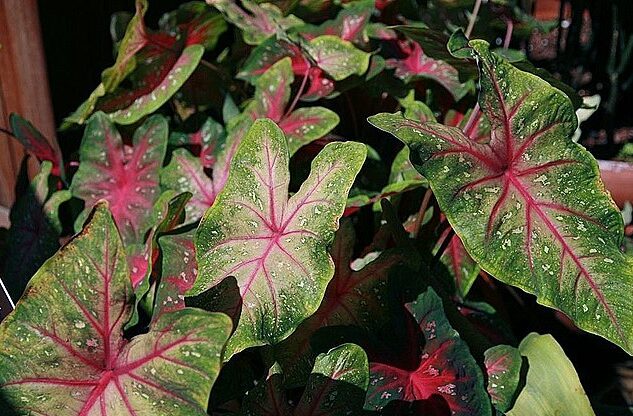
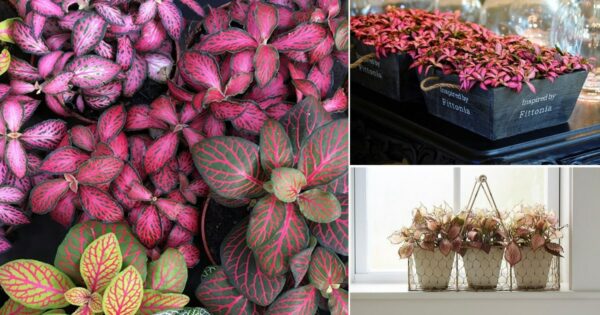
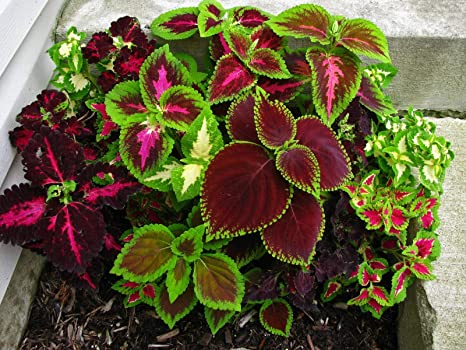
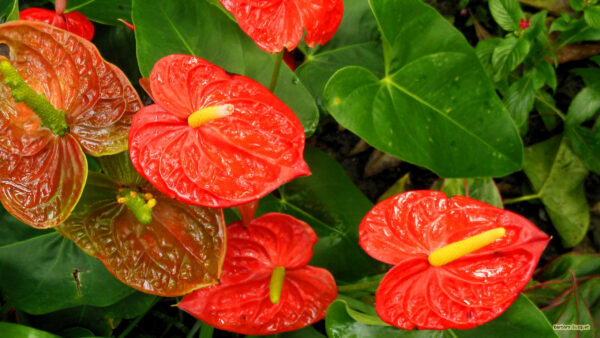
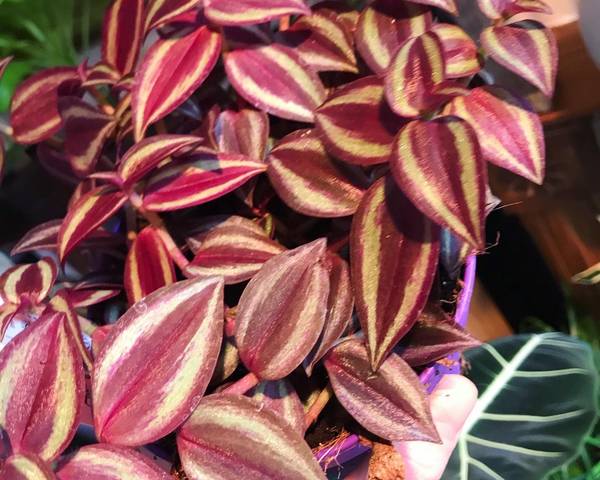
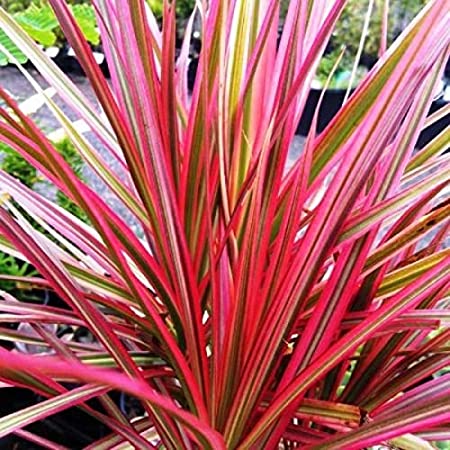
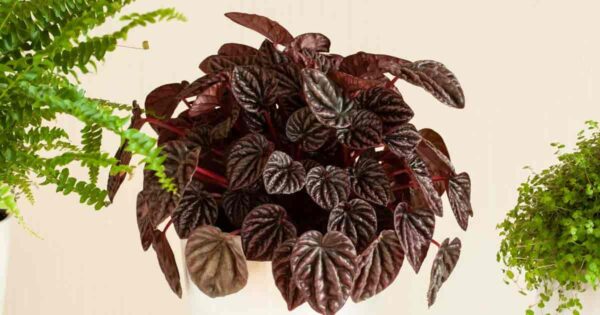
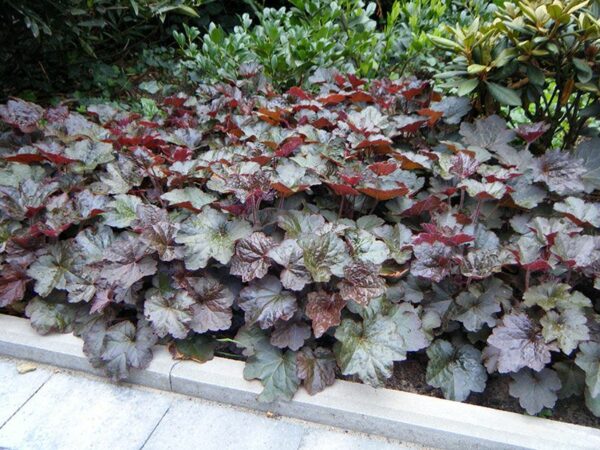
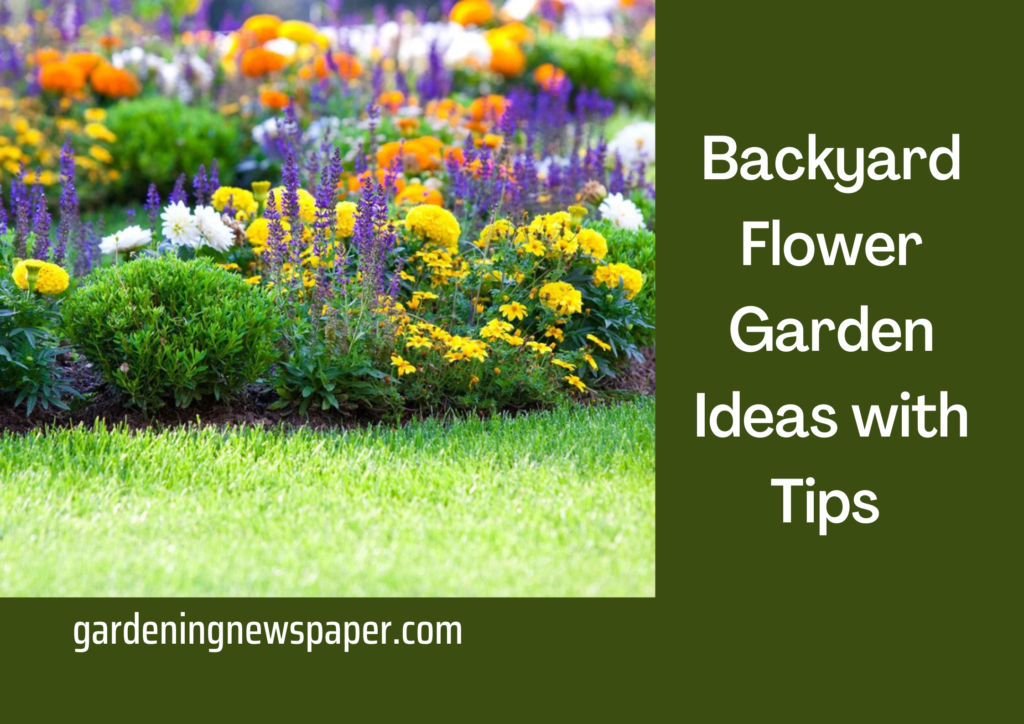
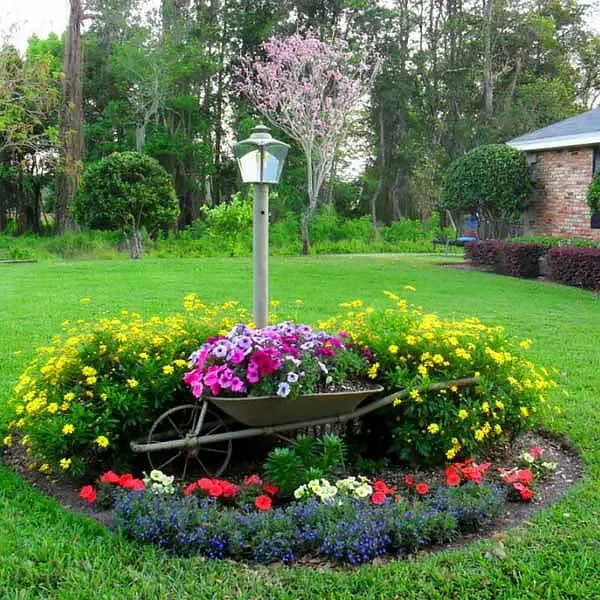
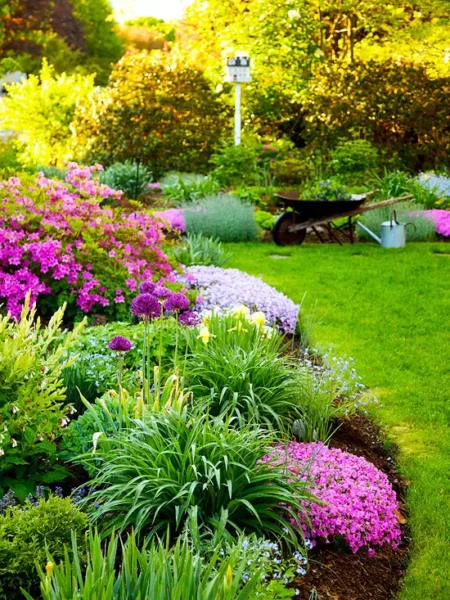

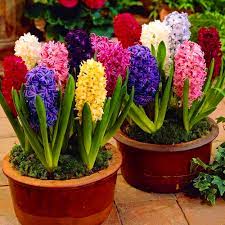
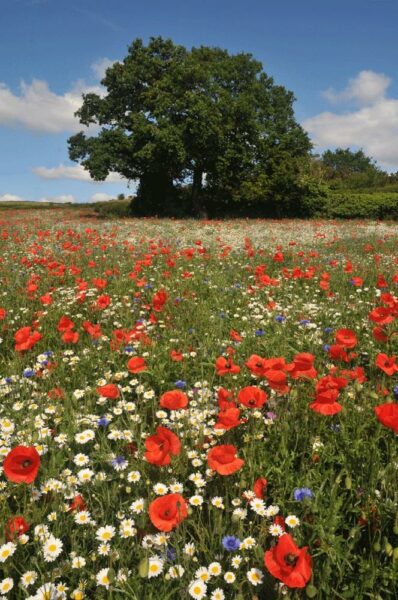
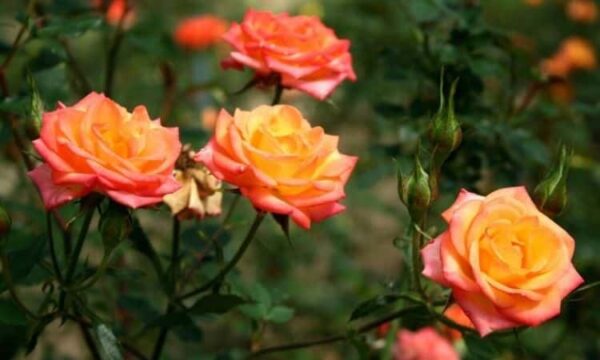

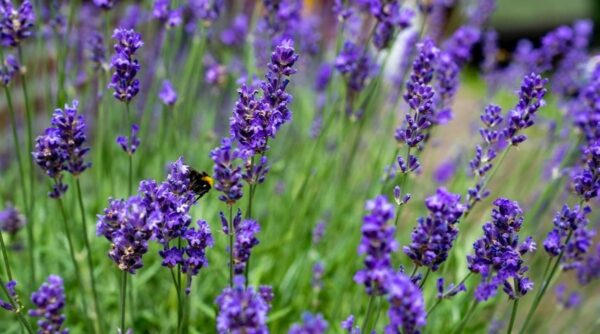

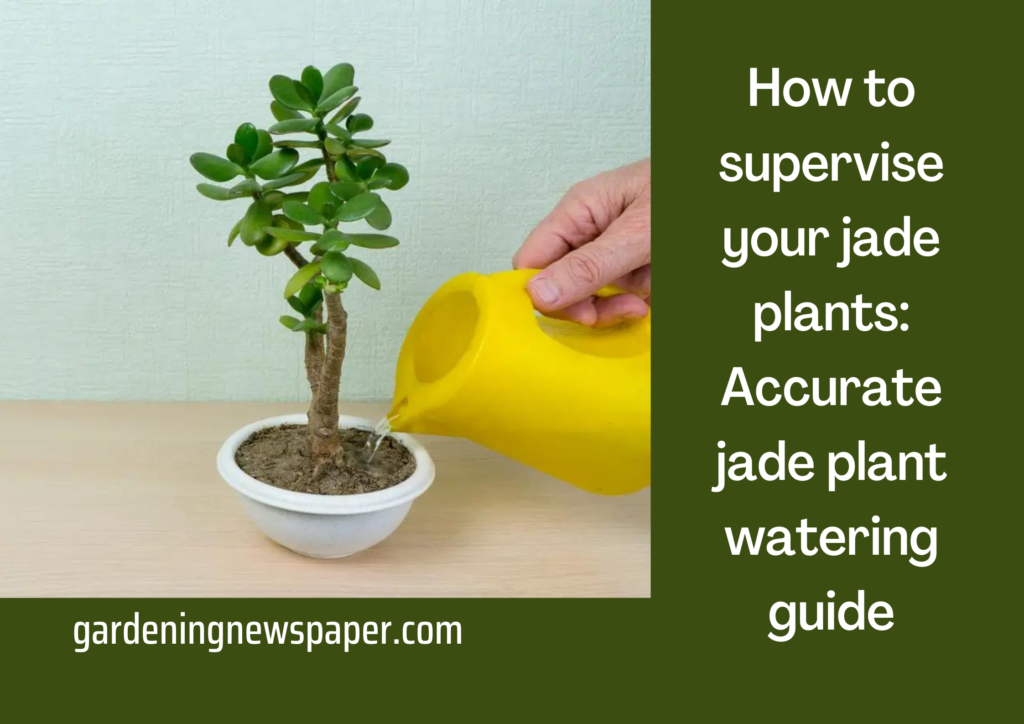
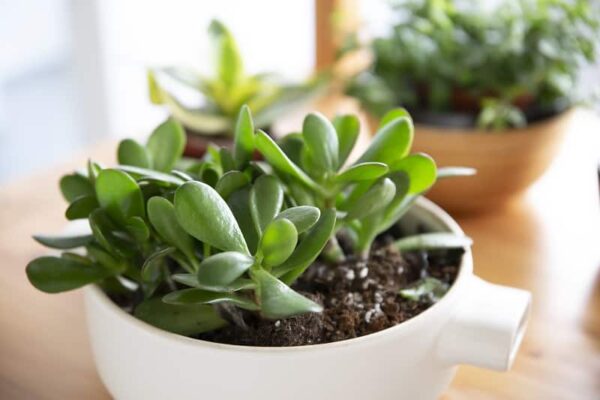


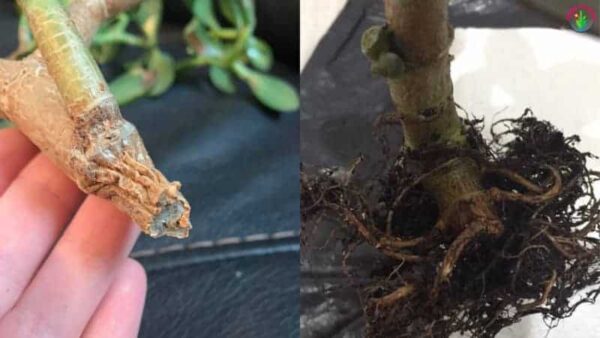
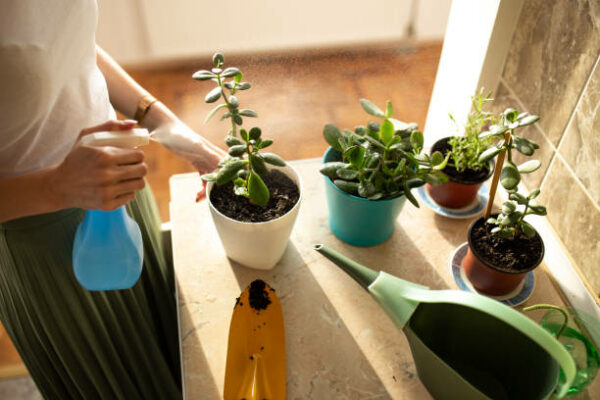
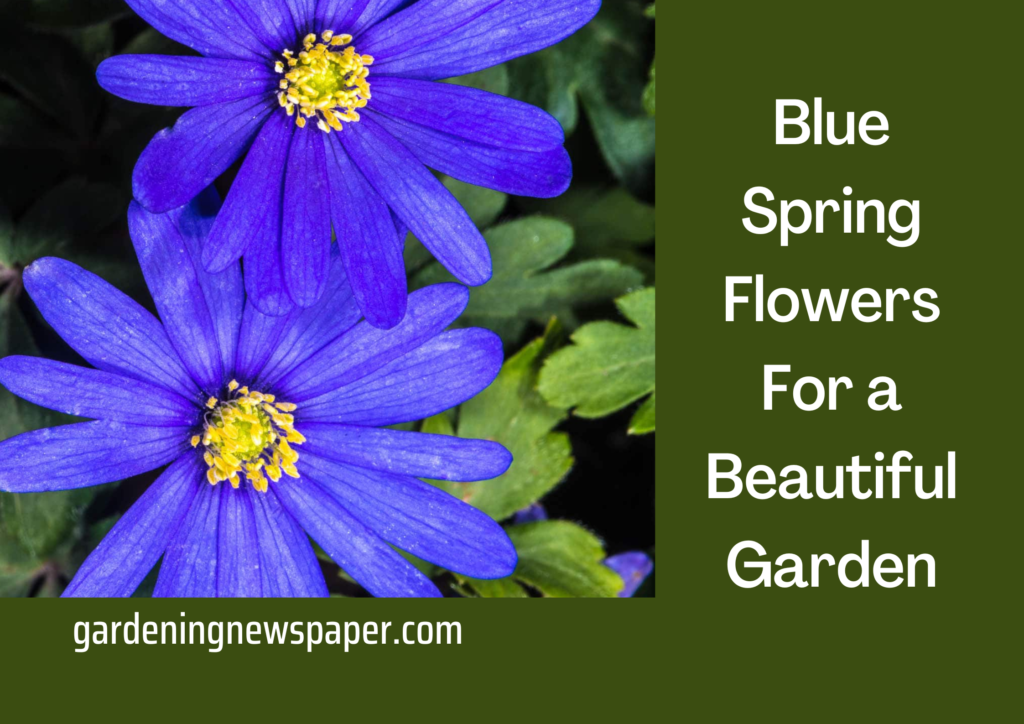
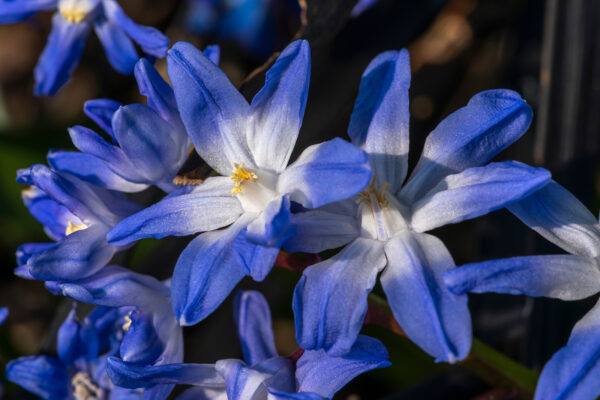
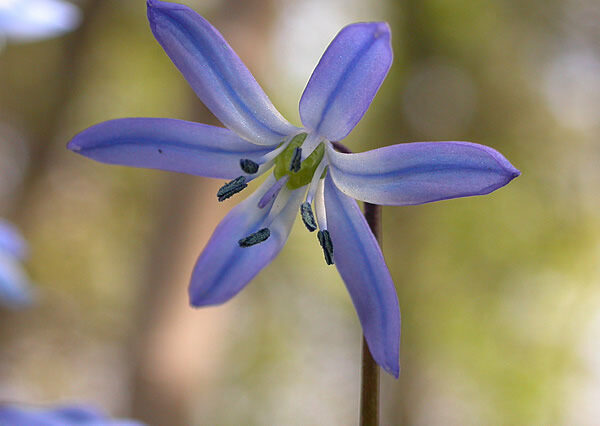
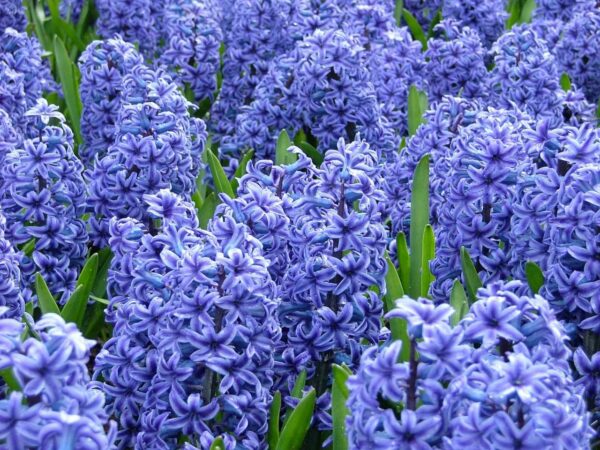

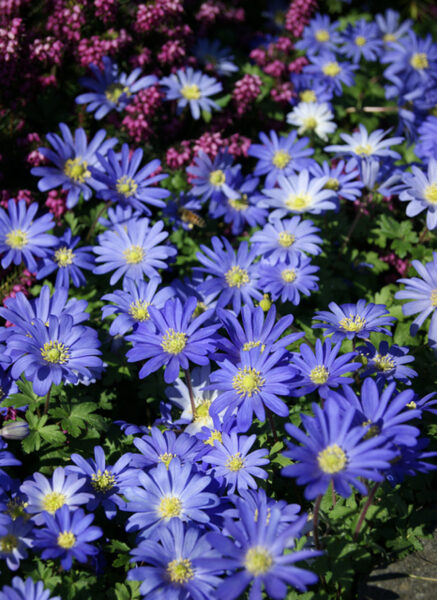
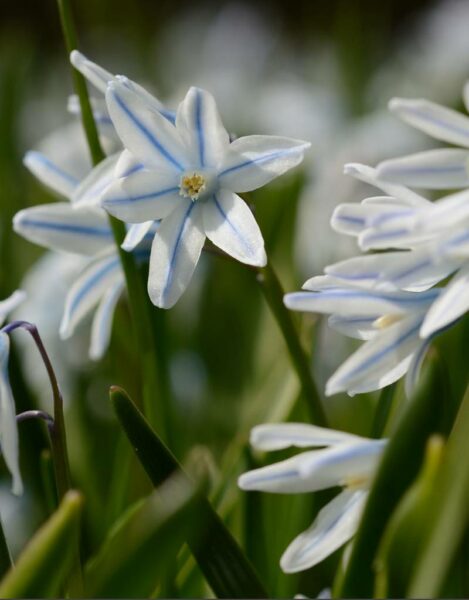
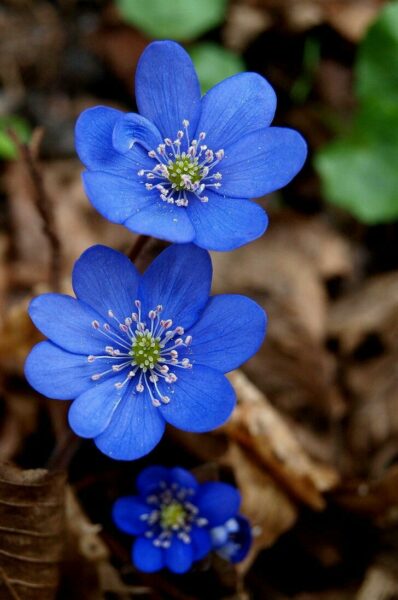
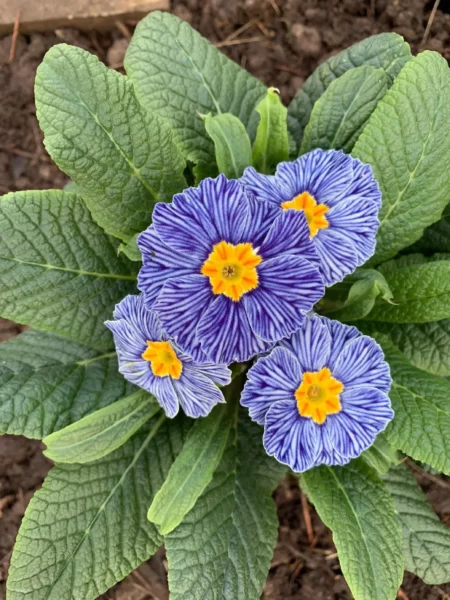
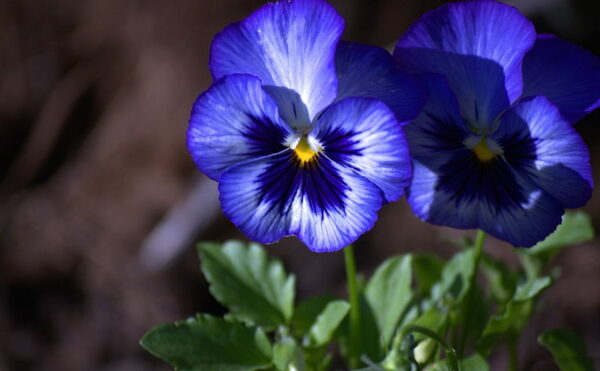
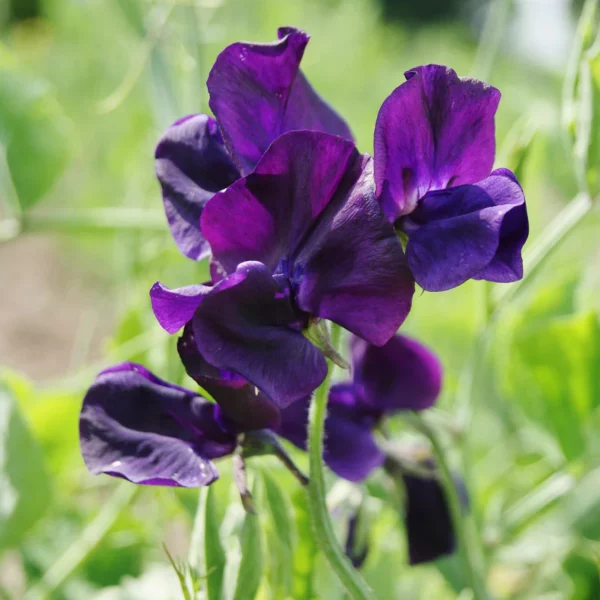
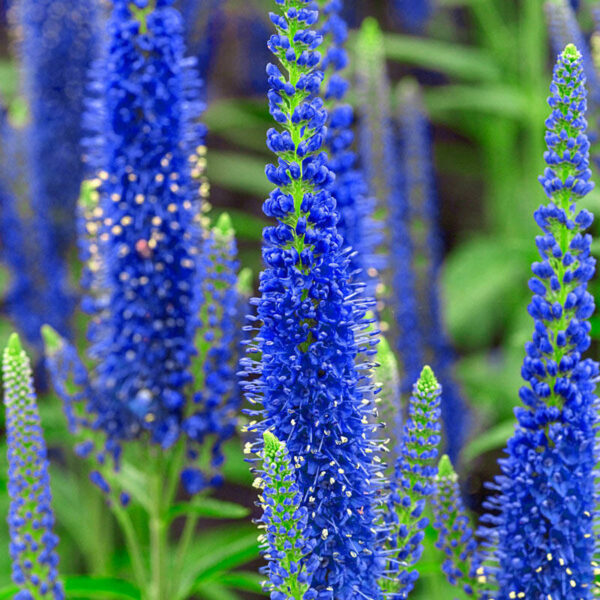
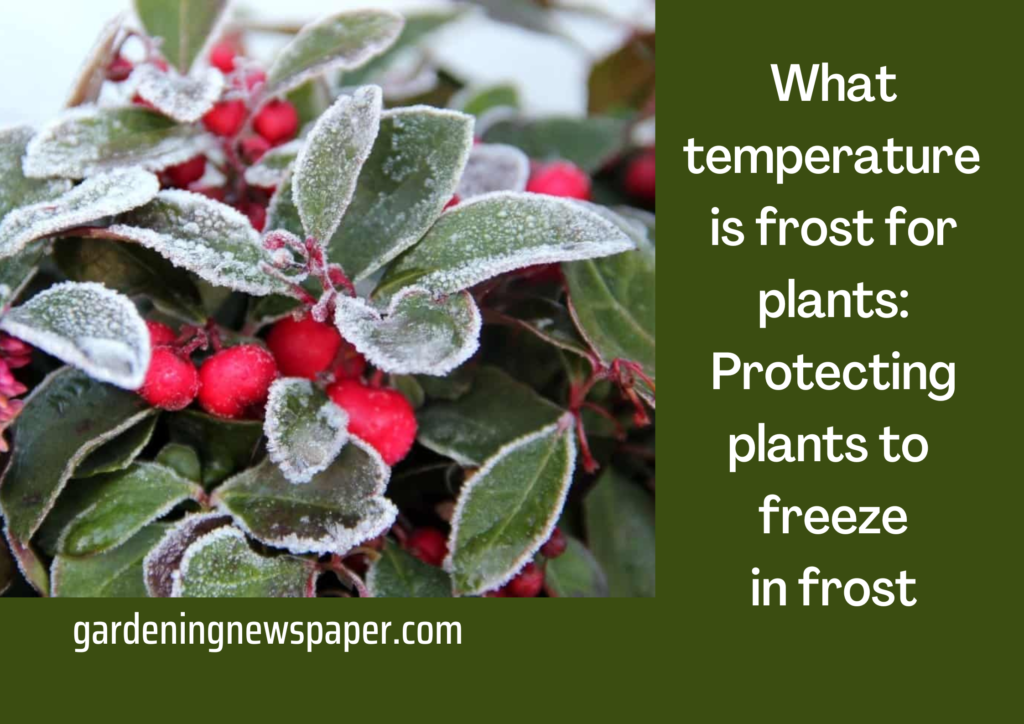




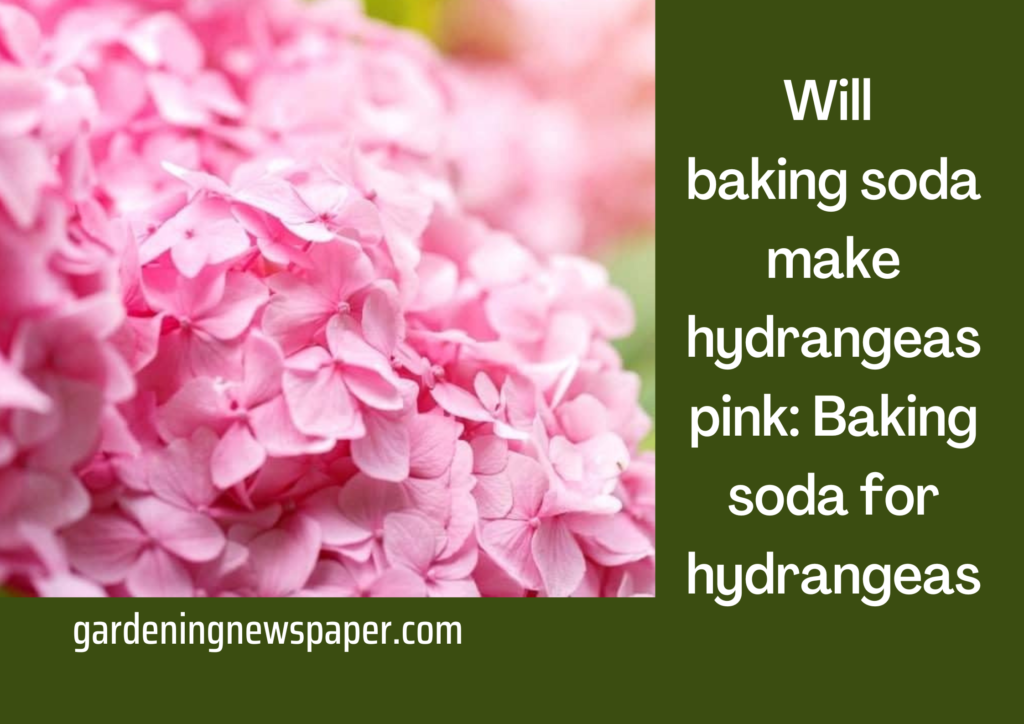




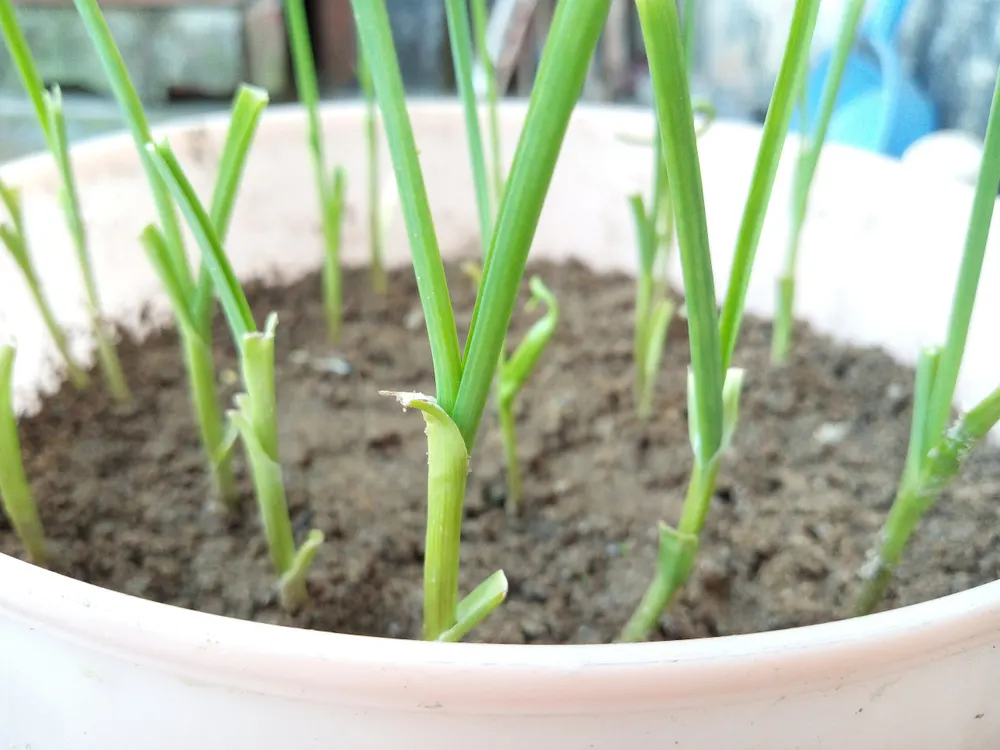
 Proper watering
Proper watering
